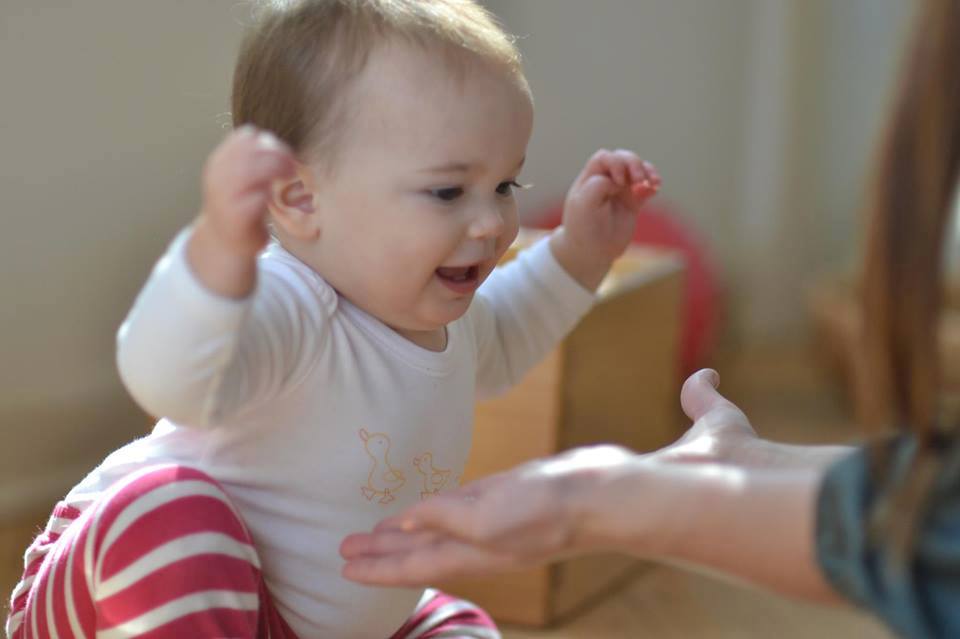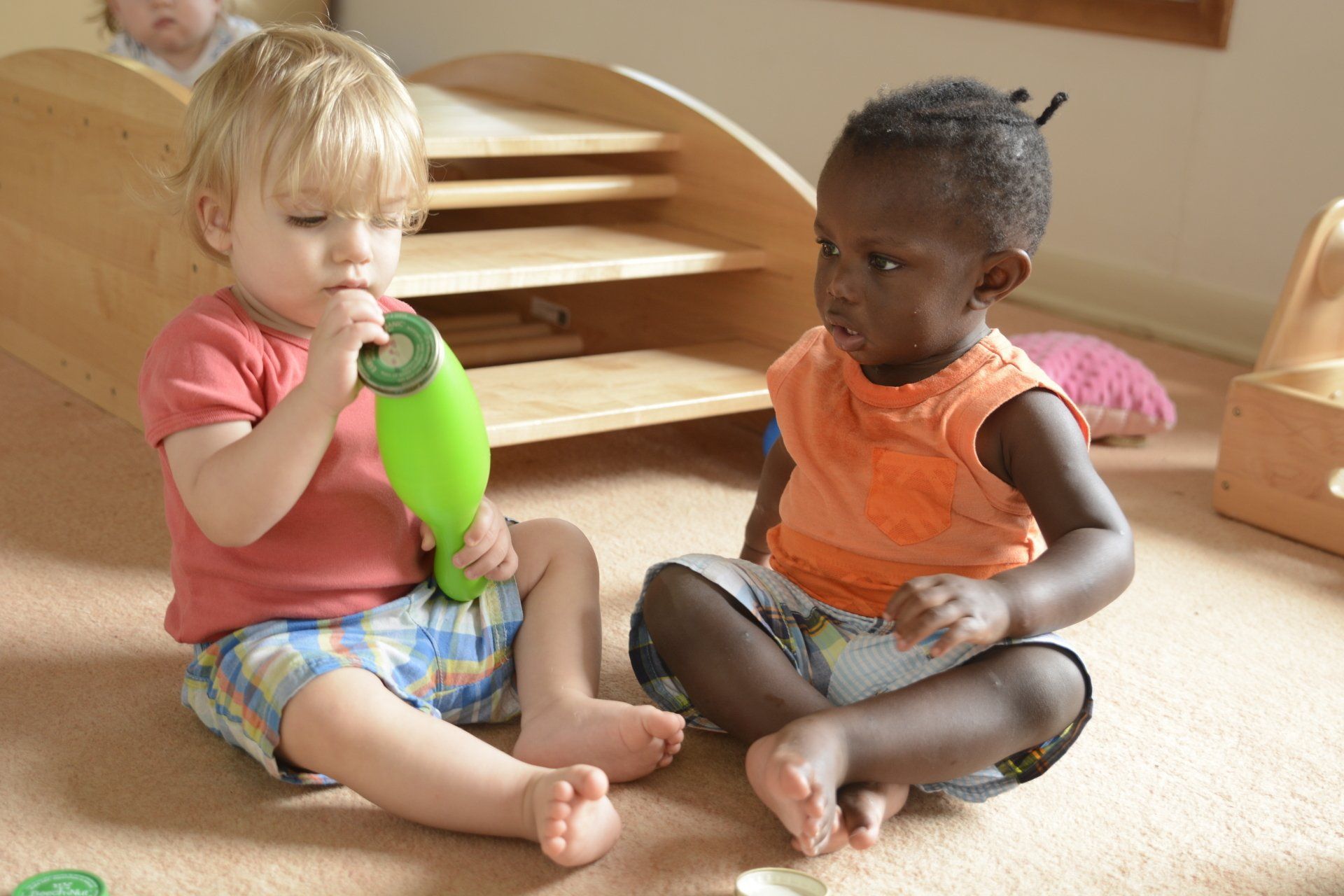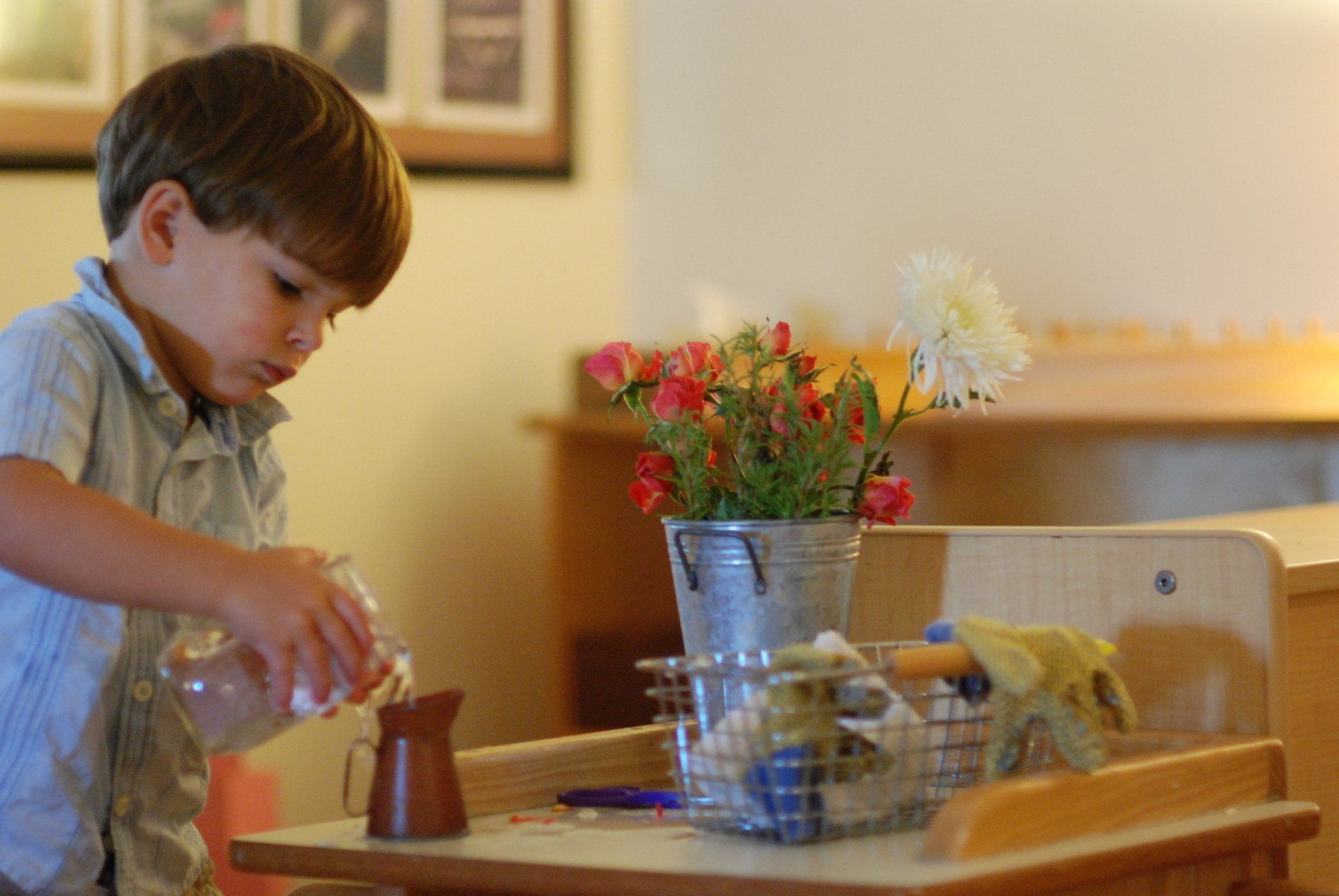Teaching Infants to Play and Learn
Little Learners Lodge • Jul 15, 2022

Infants and Toddlers are learning how objects are used together which is why they love filling and dumping so much. During this 7 minute observation what do you notice about the adult’s role in supporting the baby at play? What is the child learning?
(Of note- this is the last five minutes at the childcare center before the school closes for the day. This infant has been cared for from 8am-5pm- the last adult you see in the video his his mother)
Please observe first without distraction- we will be watching again.
Now that you’ve seen the video, please take a moment to watch again asking:
- how is the baby?
- how does the caregiver respond to the baby?
- what motivates the child?
- what can you tell about the child’s relationships?
- what did you like about the observation?
- what would you change?
You might also like

13 Mar, 2023
Recently a friend referred to our childcare center as an intentional community model. Unfamiliar with the term, I soon discovered intentional communities are planned communities defined by teamwork encompassing a group of people sharing a c ommon vision or ideal. Here, Magda Gerber’s parting words in Your Self-Confident Baby best describes the shared value system of MMP School: A respectful beginning is an investment in the future of the relationship between your child and you, your child and others, and in your child’s exploration of the world. A RIE beginning helps to develop a competent, confident child.

25 Oct, 2022
When it comes to the research on peer learning, we don’t often think of infants. However, groups of young children together in a trusting environment demonstrate the earliest stages of this concept. Oftentimes, group providers miss these subtle learning interactions as we balance individual child physical care needs, governing regulatory obligations and parental requests and concerns. How can we trust that the child is learning without adult intervention? In peer learning, students will engage themselves intellectually , emotionally and socially in “ constructive conversation ” and learn by talking and questioning each other’s views and reaching consensus or dissent (Boud, 2001). Here we observe a child struggling to place the lid on the bottom of a bowling pin. He’s noticed the similar circles of the two objects, but he’s become frustrated in trying to put the two together.

By Nido Marketing
•
26 Sep, 2022
Montessori Practical Life 101 invariably includes the outline for FLOWER ARRANGING. This pivotal work links all cornerstones of the Montessori environment from toddlerhood through elementary- first as a sensorial experience and, later as an in-depth research into the functions and parts of flowers themselves. The appeal of the arranging and the giving of flowers is universal- for centuries flowers have marked important milestones in our daily lives; expressed feelings of love, gratitude or sadness; or been admired as an appreciation for natural beauty. In the classroom, a vaseful of fragrant flowers provided an open invitation from which Dr. Maria Montessori took full advantage: The process of flower arranging is predictably sequenced with precision and care- as are all of the practical life activities- to best support the development of coordination, concentration, order and independence. The child puts on an apron, selects a vase, fills it with water and chooses the perfect flower to cut and place inside the vase. He then carries the vase and a small doily to a table in the room and lays down the vase carefully on the top corner of the table. There is often another child at work sitting there at the table who looks up. The two make eye contact and exchange a moment of silence.
CHILDCARE PROGRAMS
ADULT EDUCATION
QUICK LINKS
© 2024
Little Learners Lodge
© 2024
Little Learners Lodge
